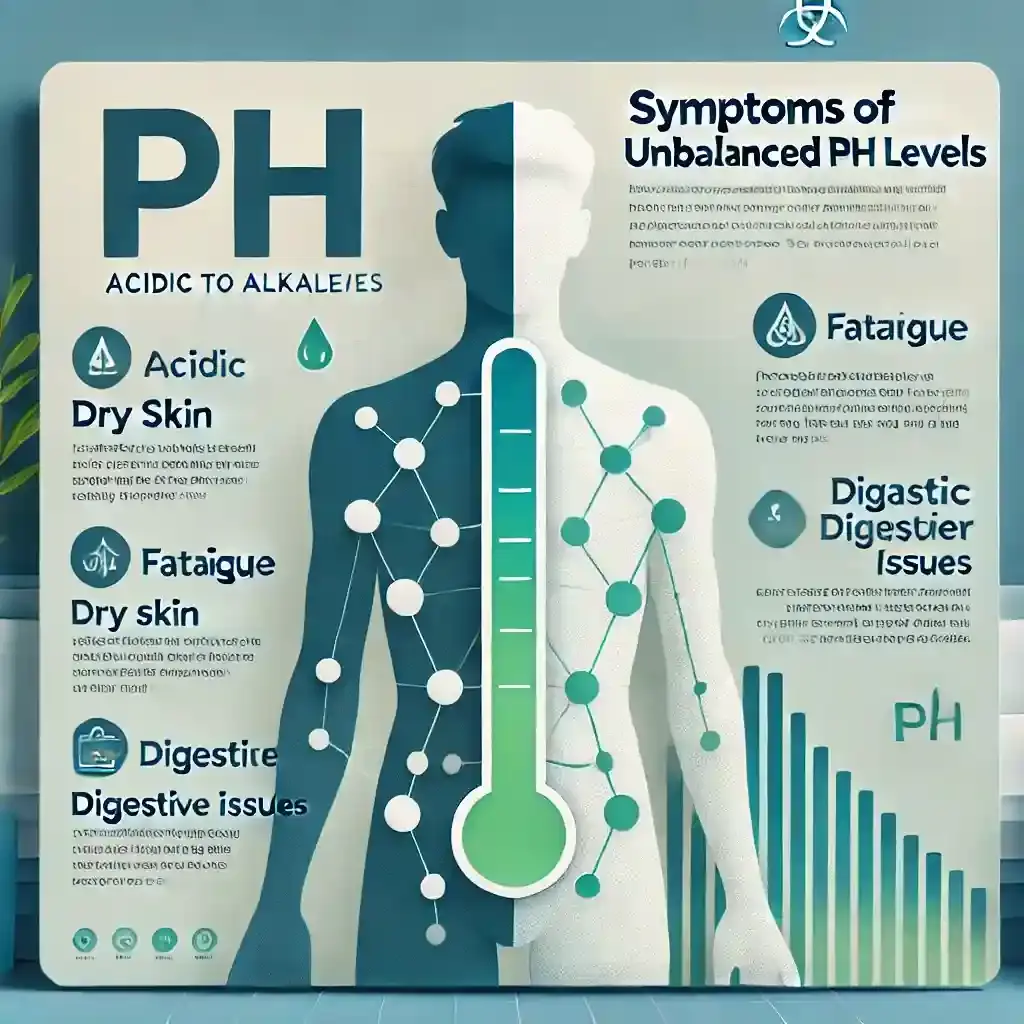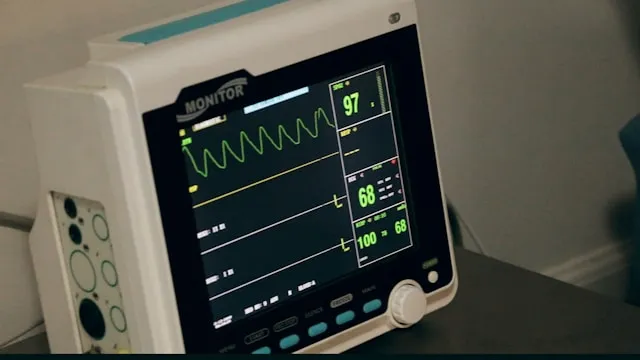|
CRP levels reflect inflammation in the body. Normal is under 3 mg/L. Results above 100 usually signal serious infection or illness, requiring prompt medical review and treatment. |
You pick up your lab report and see 'C-reactive protein (CRP)' circled. The number looks higher than expected, and that sparks worry. But how much CRP level is dangerous? Doctors often call CRP an inflammation marker because it rises whenever the body fights infection, injury, or chronic disease. Understanding your CRP blood test results can feel confusing, yet it’s simpler once you see the ranges explained clearly.
How Much CRP Level Is Dangerous?
The answer depends on how high the number climbs and what else is happening in your body.
-
Normal CRP level: Less than 3 mg/L – usually no sign of concern.
-
Mildly elevated (3–10 mg/L): May point to low-grade inflammation or lifestyle factors.
-
Moderately elevated (10–40 mg/L): Often linked to viral infections or autoimmune flare-ups.
-
High (40–100 mg/L): Can signal significant inflammation or bacterial infections.
-
Very high (>100 mg/L): Considered critical and often a red flag for serious conditions such as sepsis, pneumonia, or severe injuries.
It’s important to remember: context matters. A CRP level that looks dangerous in one person may not mean the same in another. Factors like recent surgery, chronic diseases (e.g., rheumatoid arthritis), or infections (malaria, hepatitis C, dengue) can also push CRP higher.
Always discuss your results with a doctor, who can interpret CRP levels alongside your symptoms and medical history.
CRP Levels Chart: Normal vs High Ranges
Looking at a CRP levels chart makes interpretation easier. Numbers tell a story when they’re grouped.
|
CRP Range (mg/L) |
Interpretation |
Likely Situation |
|
0–3 |
Normal |
No major inflammation, healthy baseline |
|
3–10 |
Mild |
Smoking, obesity, stress, and a minor cold |
|
10–40 |
Moderate |
Autoimmune flare, viral infection |
|
40–100 |
High |
Bacterial infection, chronic disease |
|
>100 |
Severe |
Sepsis, trauma, life-threatening illness |
This CRP blood test results chart shows the difference between normal vs high CRP levels. It also clarifies what CRP level indicates infection and when doctors start worrying about severe inflammation.
What Causes High CRP Levels?
CRP tells you something is active inside your body. It does not tell you the exact cause, but it points in the right direction. Below are the most common reasons CRP rises.
1. Infections
Viral infections push CRP mildly. Bacterial infections push CRP sharply.
-
Above 10 mg/L → possible infection
-
Above 50 mg/L → strong infection
-
Above 100 mg/L → sepsis risk
That is why people search for “what CRP level indicates infection” and “what CRP level indicates sepsis”.
2. Autoimmune conditions
Rheumatoid arthritis, lupus, and inflammatory bowel disease often keep CRP between 10 and 50 mg/L. The range changes during flare-ups. CRP can rise suddenly and settle once treatment stops the flare.
3. Obesity and metabolic inflammation
Obesity and diabetes cause inflammation slowly. Many adults stay in the 3–10 mg/L range due to long-term metabolic activity. This range raises long-term heart risks.
4. Lifestyle habits
Smoking, irregular sleep, stress, and inactivity push CRP upward. These habits increase inflammation slowly.
5. Chronic illnesses
Kidney disease, liver problems, and lung issues create moderate inflammation and push CRP into the 10–40 mg/L range. People often wonder if CRP 20 mg/L is dangerous. The answer depends on symptoms.
6. Heart disease risk (hs-CRP)
Doctors use hs-CRP to assess heart risk.
AHA/CDC guidance:
-
<1 mg/L → low risk
-
1–3 mg/L → medium risk
-
>3 mg/L → high risk
This measurement becomes important for people with a family history or previous heart problems.
7. Recovery after surgery or injury
CRP rises naturally after surgery or injury. It should fall within a few days. If it rises instead, doctors suspect infection.
What are the Symptoms of Elevated CRP Levels?
Symptoms play a major role when deciding How Much CRP Level Is Dangerous. CRP itself does not cause symptoms, but the body conditions that raise CRP show clear warning signs.
1. Infection Signs
-
Fever that won’t break
-
Rapid heartbeat or breathing
-
Nausea, sometimes vomiting
If CRP crosses 50 mg/L and these symptoms appear, doctors usually act quickly.
2. Autoimmune Flares
-
Painful joints or morning stiffness
-
Rashes or skin inflammation
-
Digestive cramps in bowel disorders
CRP between 10–40 mg/L often appears with these conditions.
3. General Clues
-
Fatigue that lingers for days
-
Muscle soreness or body aches
-
Brain fog when inflammation lingers
Many people ask, “Can CRP be high without infection?”. The answer is yes. Autoimmune flare, stress, obesity, or gum disease may raise CRP without infection.
When symptoms appear with rising CRP, the condition needs attention. A doctor checks patterns to understand why inflammation stays active.
Risk Factors That Make High CRP Levels More Serious
Two adults can have the same CRP reading and different risk levels. Some risk factors increase the seriousness of high CRP.
1. Age and gender
Older adults show slightly higher CRP. Women also show mild variations. However, when levels cross major thresholds, these differences matter less.
2. Existing conditions
People with diabetes, hypertension, kidney disease, or heart disease face more risk when CRP rises. A mild rise becomes more important when the person already has chronic problems.
3. Family history
Family history of heart disease makes hs-CRP even more important. A small rise, such as 2.5 mg/L, becomes more meaningful when combined with high cholesterol, blood pressure, or early heart attack history in the family.
4. Lifestyle habits
Smoking remains one of the strongest CRP-raising factors. Sedentary behavior, irregular eating, lack of sleep, and chronic stress push CRP into mild or moderate ranges.
5. Autoimmune issues
People living with rheumatoid arthritis, lupus, or inflammatory bowel disease face fluctuating CRP levels. The rise does not always mean danger. Doctors observe patterns to decide.
6. Heart failure risk
A study showed that people with established heart disease had higher chances of future heart failure when CRP stayed high during follow-up. This study did not say CRP causes heart failure, but it showed the link between chronic inflammation and heart strain.
Should I Worry if my CRP Levels are Abnormal?
A slightly higher CRP level does not always indicate something is wrong. In these conditions, it is normal to have higher levels than the normal range:
-
Common cold
-
Diabetes
-
Obesity
-
Cigarette smoking
-
Pregnancy
-
Recent minor injury
-
Periodontitis (chronic gum infection)
-
Insomnia (difficulty falling or staying asleep)
-
Depression
In case of high CRP levels, healthcare providers perform relevant tests to diagnose the exact cause and provide the right treatment.
Best Treatment Options for High CRP Levels
The treatment options may include:
1. Managing the Underlying Cause:
-
If high CRP levels are due to infections, the healthcare providers may prescribe antibiotics.
-
If diabetes is the cause, medications like metformin and lifestyle changes like a balanced diet or regular exercise can help improve insulin sensitivity.
2. Medications:
-
Statins: Lower CRP levels, especially in people with a high risk of cardiovascular disease.
-
Aspirin: Reduces CRP levels in people living with cardiovascular conditions.
3. Lifestyle Modifications:
-
Balanced Diet: Consuming anti-inflammatory foods such as whole grains, vegetables, fatty fish, and fruits. Limit the use of processed foods, red meat, or sugary snacks.
-
Regular Exercise: Practice moderate-intensity exercise like swimming or cycling regularly for 30-45 minutes.
-
Stress Management: Engage in stress-relieving activities such as meditation, deep breathing, and yoga to lower stress-related inflammation.
-
Quitting Smoking: This habit contributes to significant increases in CRP levels and heart disease.
4. Monitoring and Follow-up:
Regular CRP tests and follow-ups with a doctor are crucial for effective monitoring of the effectiveness of the treatment. If needed, the providers can adjust strategies.
Medical WarningCRP alone cannot confirm any illness. High or rising levels with symptoms need a quick medical review. Do not self-diagnose or delay professional treatment. |
Final Thoughts
So, how much CRP level is dangerous? The truth is, it’s not just about the number on your lab report. A CRP test is a valuable clue, but it works best when considered alongside your symptoms, medical history, and other test results.
If your levels are in the critical range, don’t delay, consult your doctor right away. The good news is that in many cases, with timely treatment and healthy lifestyle changes, CRP levels can return to the safe, normal range.
Think of your CRP test as an early warning system: it doesn’t give the whole picture, but it can help you and your doctor act before problems become serious.
Frequently Asked Questions
Can CRP be 1000mg/L?
Yes, CRP can be 1000 mg/L, indicating a risk of inflammation or infections.
How much is CRP too low?
A CRP of below one mg/L is considered low.
What is normal crp levels?
Less than 0.3 mg/dL: Normal (level seen in most healthy adults).
What is a dangerous crp level?
CRP levels between 10 and 100 mg/L indicate mild to moderate inflammation, while levels above 100 mg/L indicate severe inflammation.
How much CRP is too high?
The CRP of 3.0mg/L can be considered as high.
Can one live with a higher CRP?
Yes, you can live with elevated CRP levels. However, the higher level is associated with more chances of death.
Is higher CRP treatable?
Yes, by managing diet and exercising, you can manage these levels.
Can CRP be high without infection?
Yes, it can. Autoimmune flares, smoking, stress, obesity, and even gum problems sometimes lift CRP numbers. People often panic, but doctors know infection isn’t the only trigger.
When should I worry about CRP levels?
Honestly, anything consistently above 10 mg/L deserves a second look. Once you’re past 100 mg/L, it’s usually considered dangerous CRP levels and needs medical review.
What CRP level is considered severe?
Doctors call anything over 100 mg/L severe. At that point, they usually look hard for sepsis, trauma, or autoimmune crises. That’s not a number to ignore.
How high a CRP level is dangerous for the heart?
Cardiologists use hs-CRP for this; over 3 mg/L signals higher cardiovascular risk. It’s not just the number; family history and cholesterol make the risk picture sharper.
What is a critical CRP level in a blood test?
Once CRP goes past 200 mg/L, it’s considered critical. That’s almost always tied to severe infection like sepsis. Immediate hospital care is the rule, not a suggestion.
-User-1754380331.png)
Reviewed by







